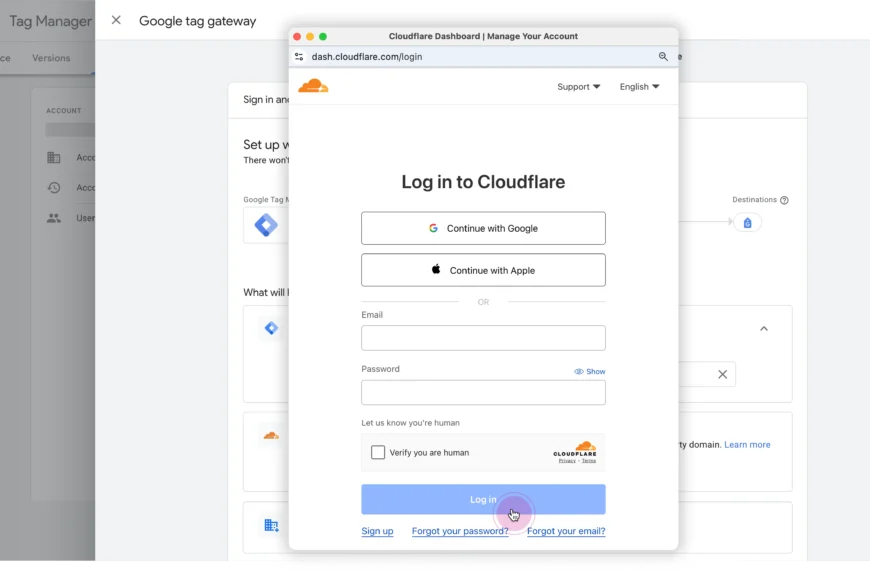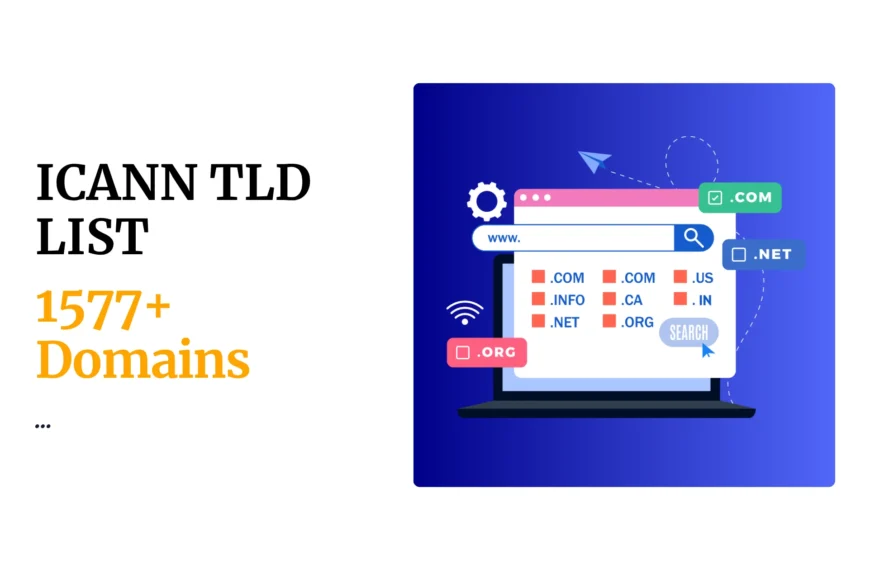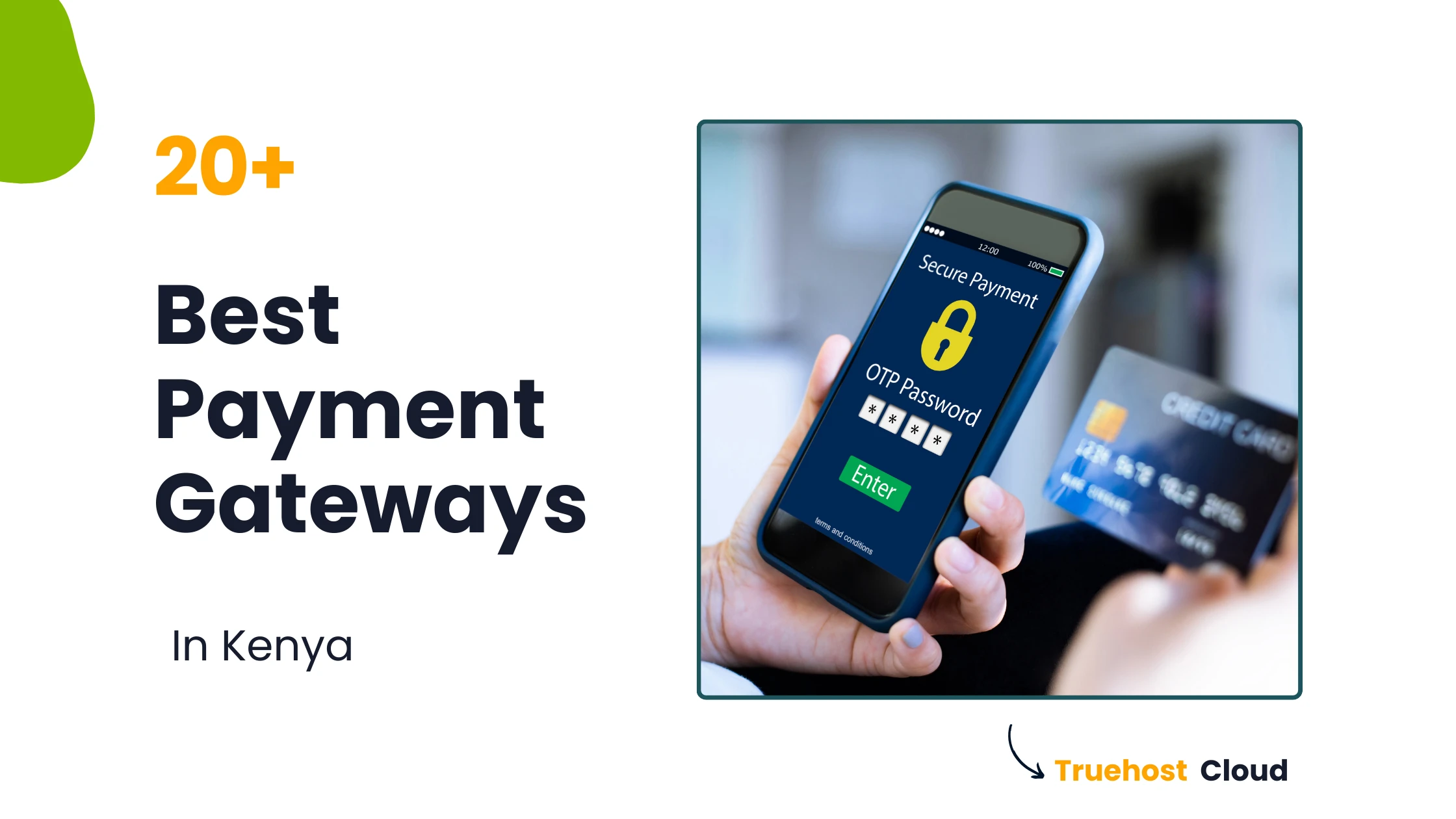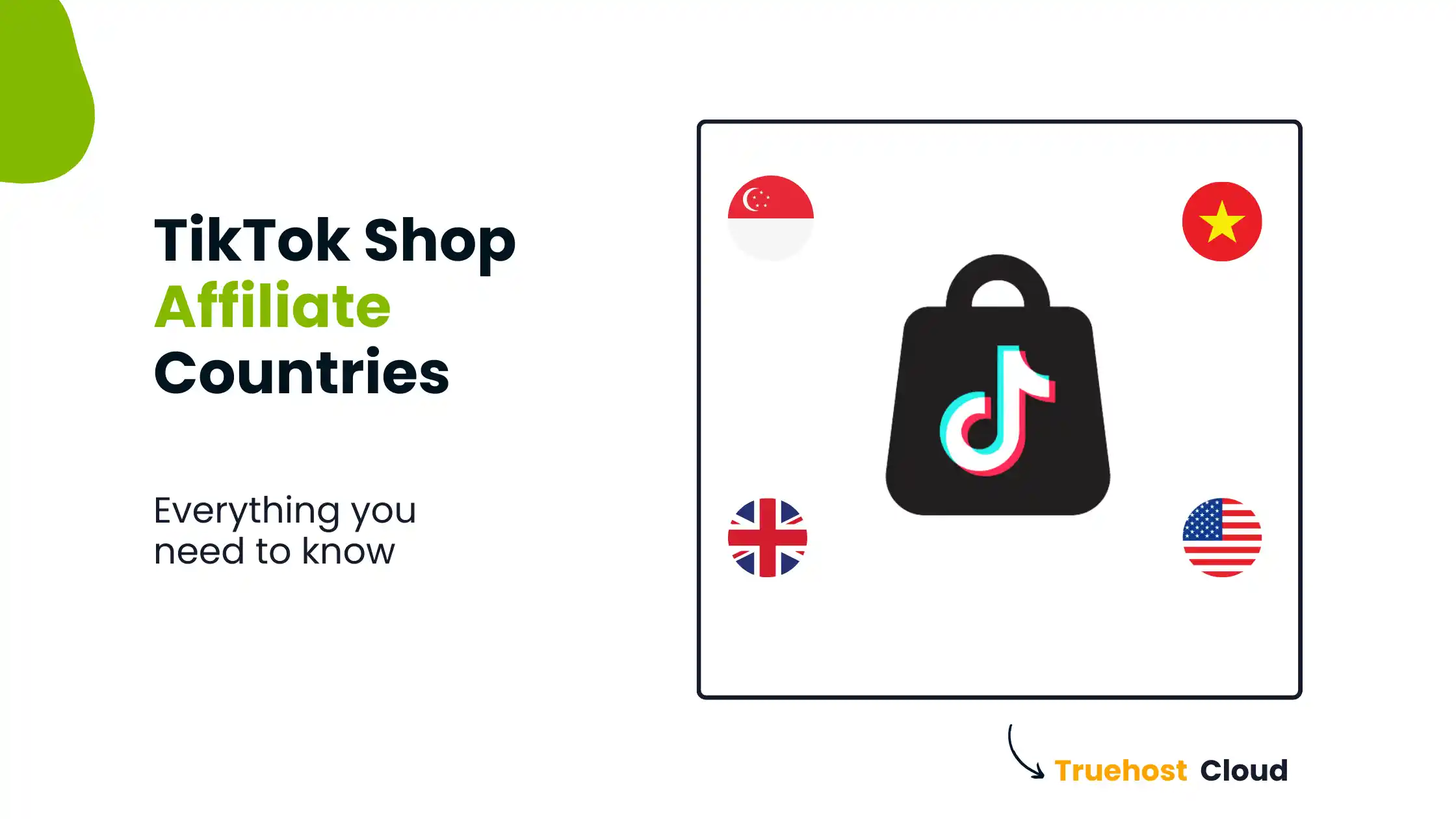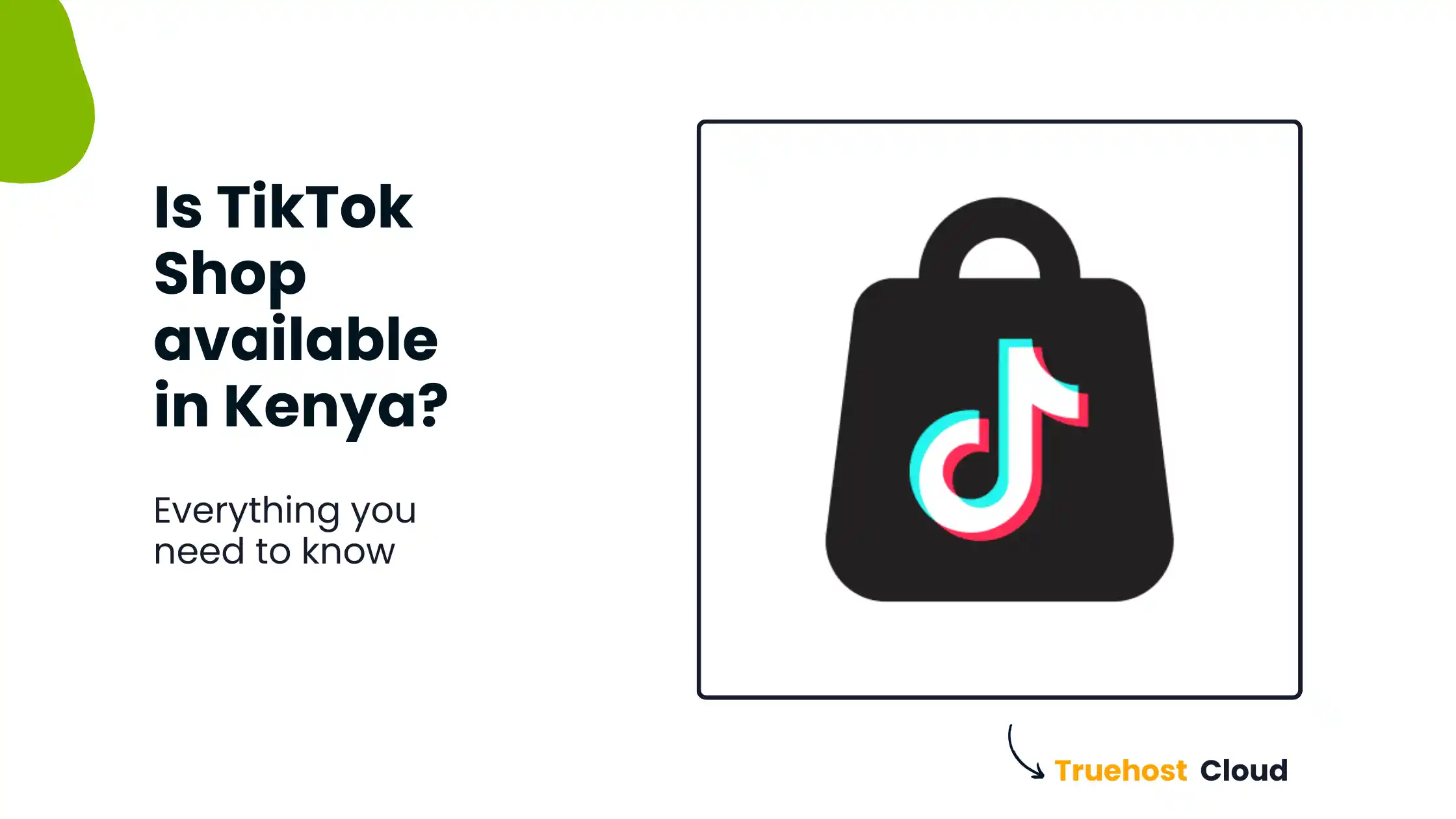Etsy is one of the world’s largest online markets. It has the potential to develop from a side project to a full-time business with over five million merchants serving about ninety million active consumers.
It provides a platform for small business owners to connect with potential customers. Millions of consumers with credit cards in hand wander the market, ready to buy artwork, homemade jewelry, and crafts.
Additionally, Etsy is a marketplace for unique and inventive items. In recent years, it has transformed into the online dream of the creative entrepreneur, housing a fascinating world of unique handcrafted goods, old treasures, and craft materials.
Read also: How To Create An Online Store in Kenya: Ultimate Guide
Step-by Step To Selling on Etsy
If you want to open a shop, here’s how to sell on Etsy in Kenya:
Create an Account
You may test the waters by opening a free Etsy account. Go to Etsy.com and select the Get Started button.
To make an account, enter some basic personal information, such as your first name and email address.
Open Etsy Storefront
Launch your Etsy store using the account you just made. Begin by adding information about your company, such as the language you will use to describe your products, the country from which you will sell, and the currency you will charge customers.
Next, enter the name of your business. This can be any combination of letters and integers without any spaces.
Choose the language, nation, and currency for your business. The language is the default language for describing your things. You won’t be able to modify it later, but you will be able to add translations in additional languages after your business is up and running.
Be cautious about the nation you choose for your business because some seller tools are only available in specific locations.
You may also specify the currency in which you’ll price your items; however, bear in mind that currency conversion costs may apply if your bank’s currency differs from your store currency.
Don’t know what to call your store idea? A firm name generator might help you brainstorm some names. Choose one that is appropriate for the things you’re selling and isn’t already in use by another Etsy store owner.
Uploading Products
As soon as your new Etsy business has a store, you may start selling your products.
Make a new listing for each item you sell on the marketplace, whether it’s arts and crafts materials, homemade goods, or vintage items.
The images are the most important aspect of any Etsy listing. The majority of internet customers make purchases with their eyes. Because people cannot physically touch, smell, or see the item, their decision to buy your Etsy product is primarily dependent on the product images.
Each listing may include up to 10 high-resolution photographs or one video. Each must be visually appealing enough to stand out from the goods supplied by other marketplace merchants.
By scrolling down, you can add more information about the product you’re listing.
This includes:
- The title of an object
- Details about the listing, such as when and who created it
- The type of product
- The kind of listing
- A product description that emphasizes its unique selling features (USPs).
Keep search engine optimization (SEO) best practices in mind while improving an Etsy listing.
Remember that the cornerstone of the marketplace is a search engine that connects consumers and sellers. By incorporating keywords in your Etsy listing, you may ensure that potential customers find you on the results page.
Determine the price of your product in the Inventory and Pricing column. Indicate the amount a consumer is willing to pay, the number of items on hand, and the SKU (if relevant). Other sizes and colors can also be added as options.
Finally, include the shipping information that shoppers will need when purchasing from your Etsy shop. Indicate the product’s delivery location as well as the normal processing time—that is, how long it takes you to choose, package, and ship the item once a consumer places an order.
Determine if you want to provide delivery upgrades or establish postal fees. If you are delivering goods to international clients, you must supply a tariff number for customs.
It is advised that you submit at least 10 listings as a new seller when you initially establish your Etsy store.
Make sure to preview each listing before publishing it. You don’t want shoppers to detect faults when they first look over your stuff.
Payment Options
Is your inventory in good condition? On the following page, you will be asked to pick your preferred mode of payment.
Determine if you are a corporation or an individual seller. Next, provide your address, name, and any other personal information. Finally, enter the bank account details into which you want to receive your Etsy revenue.
While it is free to create an account and make purchases on Etsy, it is not free to sell on the site. After giving information about your desired method of payment reception, you will be asked to choose a payment method. You may open your shop and list your items in this manner.
Customising Etsy
The final step in opening an Etsy shop is to customize your new storefront—the information prospective customers will see when visiting your store profile.
To do so, follow these steps:
- Include a profile and a banner image. In the front of your Etsy store, display your wares, yourself, or your company’s insignia.
- Create a user account. Introduce yourself as the store manager to put a face to the things you’re selling on the marketplace. Instill confidence in potential customers by proving that a genuine person is behind the screen.
- Announce the launch of your new store. Do you have any products for sale? Why is this so? How did you get your store started? Give a quick introduction of yourself and your products to everyone who visits your new Etsy shop.
- Make your store’s policies available online. Delivery, payment methods, privacy, exchanges, and returns policies are critical. To avoid consumer confusion, make sure the terms of purchasing from your business are explicit.
- Jewellery Shops Etsy store’s featured items banner and profile photo are all customizable.
Read also: Online shop Sell Anything, everywhere
The Cost of Selling on Etsy
Etsy sellers don’t have to pay anything upfront, which makes it simple to get started. As soon as you begin putting goods for sale, charges start to accrue.
Let’s examine the main selling costs on Etsy:
Listing Fee
The most typical Etsy seller costs are listing fees. Regardless of whether a listing generates a sale or not, sellers are charged 20 cents for each new listing they post to their store.
Listings on Etsy’s marketplace are shown by default for four months, or until the item is sold. When the four months are over, you will be charged the same 20 cents if auto-renew is chosen.
Transaction Fee
Have you ever sold something on Etsy? For organizing the sale, the marketplace will charge you a transaction fee of 6.5%. This is in addition to the fees of postage, shipping, and gift wrapping for each offering.
Sellers in Kenya must also pay a regulatory operating charge for each listing. It is deducted from your total income, which includes the product price as well as any shipping fees incurred by the customer.
Payment Processing Fee
When you set up your Etsy store, you will have entered your bank information. This is required to handle payments.
Additionally, store owners may use Etsy Payments, which provides consumers with payment options. They are; PayPal, Apple Pay, Google Pay, and Klarna. If you activate Etsy Payments, you will incur payment processing fees.
Sellers in a few countries must meet minimum payment requirements before their Etsy revenues are sent to their bank.
Currency Conversion Fee
Etsy only takes US dollars for all transactions. Even though you can sell items in different currencies, all costs related to selling on Etsy will be paid in USD.
The marketplace will translate your funds into the currency of your bank account before the transfer; however, please be advised that this currency translation may not always represent the market value.
If you conduct business in a currency other than USD, Etsy may charge you a currency translation fee of 2.5%.
Offsite Ads Fee
Etsy provides advertising as well as optimized product listings that attract prospective consumers via its search engine.
Offsite Ads are an alternative that Etsy provides for merchants to display their wares through its own marketing and advertising channels.
Entrepreneurs do not need to have a Facebook, Google, or Etsy advertising account to have their things appear in display adverts.
When a product is sold through Off-site advertising, Etsy merchants are paid. If your storefront made less than $10,000 in income from the marketplace in the previous year, 15% of the total order price will be withheld as payment for the Offsite Ad program.
If you spend more than $10,000, your Offsite Ads fee will be reduced to 12%. An Offsite Ad will never cost more than $100 per item.
Shipping Fee
Sellers may use the marketplace to purchase shipping labels and have the amount deducted from their account; this is only accessible in locations that accept PayPal or Etsy payments.
Rates are affected by the carrier, origin, destination, and size of each package. There are additional fees for insurance and signature validation.
Read also: Best Online Store Builder in Kenya | 24/7 Customer Support
The Selling Tips of Etsy Shop in Kenya
Below is a well-detailed list of how to boost your shop’s success in Kenya:
Strong Brand
By creating a strong visual identity for your company, you can make it stick out in Etsy search results.
Although generating a good first impression is important, you don’t have to spend a fortune on a costly, properly planned layout. It simply requires a simple logo and brand colors to get started.
Optimizing Etsy Shop
Etsy’s technology connects popular search terms with the products that are shown in search results.
If you add relevant keywords in your product titles and descriptions, Etsy will be able to better discern what your things are and when to display them in the search results.
If you rank higher in search results, customers are more likely to examine and consider purchasing your things.
Here are some tactics for keeping your Etsy SEO at the top of the game:
- Make use of important tags and keywords in your product listings.
- Select the right attributes when listing a product.
- Collect customer feedback and put it on your product pages.
- Regularly add new items to your shop.
- Increase the number of specifics on your “About Me” page.
If you provide more information about your brand and use more relevant keywords, Etsy will be able to better understand what you’re providing and guarantee that the right purchasers see your things.
Promoting Etsy Shop
It’s simple maths: more eyeballs on your product equals more sales opportunities. There are several strategies for advertising your store.
Here are some ideas to get you started:
- Promote your things on social networking platforms such as Facebook, Instagram, and TikTok while connecting with potential consumers.
- Collaboration with notable people: Collaborate with bloggers and other content creators in your sector to promote your products and reach a broader audience.
- Make use of Etsy’s marketing resources: Sign up for Etsy Ads or Promoted Listings to improve the amount of views on your products.
Competitive Pricing on Etsy
Setting a price for your items on Etsy might be difficult. The bulk of the items are made by hand, and each one requires a significant amount of time and effort.
To enhance sales, your price must account for both the going market rate and the value of the product.
Customers will wonder why they should pay more for your goods when a competitor is selling the identical item for half the price.
The purpose of competitive pricing is not to maintain the lowest price. This might have a detrimental influence on your revenue, especially if creating your items is expensive. After all, you want to make a decent profit.
Consider the following tips for pricing your things competitively:
- Examine your competitors: Examine the pricing charged by other firms for equivalent items. Look beyond the pricing to see what additional value they have to offer. Is shipping free of charge? Is there a deal going on?
- Round up to the nearest cent: If most brands sell the goods for $30, you may differentiate yourself by providing it for $29.99. This is a frequent pricing method that gives the illusion of a one-cent price cut.
- Put your money someplace else: If you can’t justify dropping as much as your competitors consider other ways to deliver value. This might be accomplished by providing free delivery, customized packaging, a free present with every transaction, or other means.
Reviews and Feedback on Etsy
Reviews on Etsy provide extra keywords and social proof to your listings, making them stand out. The more reviews you have, the more confident potential purchasers will be in their purchases.
Customers should be encouraged to provide feedback, reviews, and even photos of their products, which Etsy will show on the product page.
After a customer makes a purchase, you may contact them via email to ask further and offer them a discount code for a future purchase as a reward.
Customer Service on Etsy
Customers are more likely to return if they had a positive experience. They may also spread the word about you to their family, friends, and followers. The close ambiance of Etsy allows for unique selling options.
Below are some tips to make customer service effective:
- Take time to reply to requests and comments as soon as possible.
- Use distinctive packaging.
- Every order comes with a handwritten word of thanks.
- Increase the length of your return policy to put your consumers at rest.
- Give current customers a discount on their next purchase.
- Respond to Etsy reviews and thank customers for sharing their tales.
- Inform recipients of delivery delays as soon as possible.
Wrapping Up
Just like Truehost, selling on Etsy in Kenya is a clear indication that there will be a market for your intricate jewelry, crocheted animals, and upcycled furniture.
The installation is free of charge. Open your shop and create an account. After that, list your items for sale.
The most important thing is to make your customers pleased so that they will return to buy from you.
Related Articles:
 Domain SearchInstantly check and register your preferred domain name
Domain SearchInstantly check and register your preferred domain name Web Hosting
Web Hosting cPanel HostingHosting powered by cPanel (Most user friendly)
cPanel HostingHosting powered by cPanel (Most user friendly) KE Domains
KE Domains Reseller HostingStart your own hosting business without tech hustles
Reseller HostingStart your own hosting business without tech hustles Windows HostingOptimized for Windows-based applications and sites.
Windows HostingOptimized for Windows-based applications and sites. Free Domain
Free Domain Affiliate ProgramEarn commissions by referring customers to our platforms
Affiliate ProgramEarn commissions by referring customers to our platforms Free HostingTest our SSD Hosting for free, for life (1GB storage)
Free HostingTest our SSD Hosting for free, for life (1GB storage) Domain TransferMove your domain to us with zero downtime and full control
Domain TransferMove your domain to us with zero downtime and full control All DomainsBrowse and register domain extensions from around the world
All DomainsBrowse and register domain extensions from around the world .Com Domain
.Com Domain WhoisLook up domain ownership, expiry dates, and registrar information
WhoisLook up domain ownership, expiry dates, and registrar information VPS Hosting
VPS Hosting Managed VPSNon techy? Opt for fully managed VPS server
Managed VPSNon techy? Opt for fully managed VPS server Dedicated ServersEnjoy unmatched power and control with your own physical server.
Dedicated ServersEnjoy unmatched power and control with your own physical server.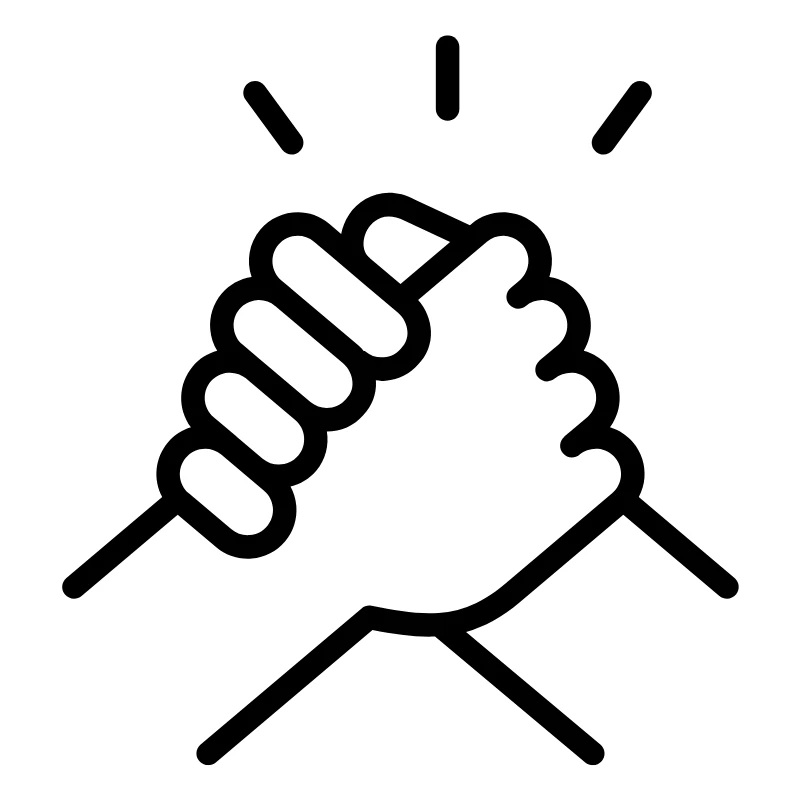 SupportOur support guides cover everything you need to know about our services
SupportOur support guides cover everything you need to know about our services


